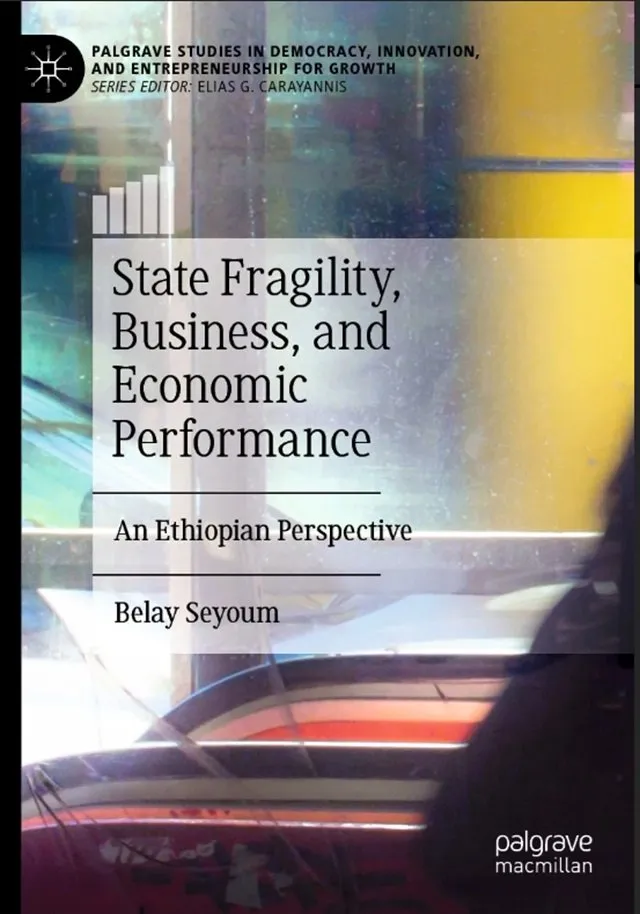In the last 50 years, Ethiopia has undergone significant political transformations, starting with the reinstatement of Haile Selassie’s rule in 1941. These changes aimed at modernizing the country and consolidating power, but they ultimately failed to bring stability. Successive governments, including the Derg, the TPLF-led EPRDF, and the current Prosperity Party, have struggled to establish effective governance.
State institutions have steadily deteriorated over time. Nationalization, land reform, and radical ideologies implemented by the Derg disrupted traditional systems without offering viable alternatives. The EPRDF’s embrace of ethnic politics exacerbated ethnic tensions and weakened Ethiopian nationalism, leading to a fragile state characterized by ineffective institutions, social divisions, political turmoil, economic challenges, and a breakdown of law and order. Prime Minister Abiy Ahmed’s tenure has further exacerbated state fragility since assuming power in April 2018.
Belay Seyoum’s book, “State Fragility, Business, and Economic Performance: An Ethiopian Perspective,” published by Palgrave Macmillan in 2024, delves into the complexities of state fragility in Ethiopia. The 465-page book offers a detailed analysis of the country’s challenges and provides essential recommendations for addressing them.
The book is divided into three parts, each exploring different aspects of state fragility. Part I examines the root causes of political instability in Ethiopia, focusing on governance strategies, constitutional issues, and the importance of robust institutions for sustainable development. The author highlights how factionalized elites and group grievances have contributed to the current fragile state of affairs in Ethiopia.
Part II delves into the economic ramifications of state fragility, showcasing how weak institutions hinder economic growth, exacerbate income inequality, and impede agricultural productivity. The book also analyzes the impact of industrial policies, entrepreneurship, sectoral changes, and international trade on Ethiopia’s economic performance in the context of state fragility.
Part III shifts the focus to education, technology policy, and drawing lessons from successful developing countries like China, South Korea, Malaysia, and Brazil. The author emphasizes the role of education and technology in economic development, outlining the challenges Ethiopia faces in these areas due to state fragility.
Overall, the book offers a comprehensive overview of the multifaceted issues contributing to state fragility in Ethiopia. While some readers might find the breadth of topics covered overwhelming, the insights and recommendations presented in the book make it a valuable resource for policymakers, scholars, and individuals interested in Ethiopia’s future. Further research on specific topics within the realm of state fragility could provide deeper insights into the country’s complex challenges.
